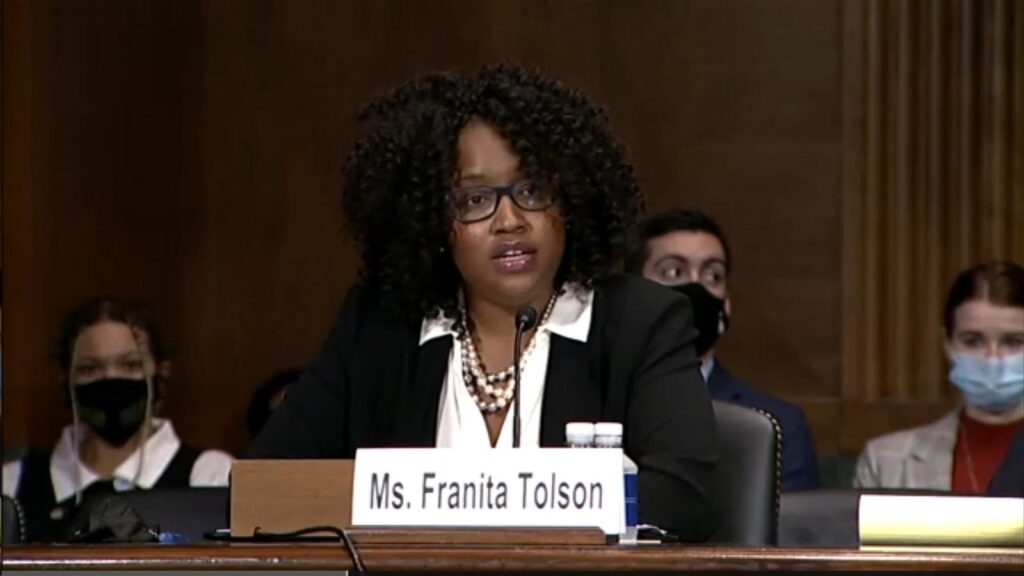Voters support marijuana initiatives; say no to taxes
Voters looked favorably on ballot propositions on Election Day, approving 70% of the 146 measures they faced, according to John Matsusaka, president of USC's Initiative and Referendum Institute.
Marijuana advocates scored important victories in Alaska, Oregon, and Washington D.C., and minimum wage advocates continued their unbroken run of successful measures in five more states.
Voters decided 146 propositions in November, comprised of 100 legislative proposals, 35 initiatives, 4 referendums (votes to repeal an existing law), 5 advisory measures, and 2 other measures. The total number of 146 propositions is down 17% from the 176 propositions in November 2012, well below the recent high point of 235 propositions in 1998, and the lowest total in an even-numbered year in the 21st century.
A total of 140 propositions have been decided, with 70% approved. By a small margin, this is the highest approval rate in the 21st century: the next highest approval rate was 67% in 2002 and 2004.
In a typical year, the most visible and controversial propositions are initiatives and referendums, issues that are placed on the ballot by citizen petition. For the full year, the number of initiatives was 35, down by 30% from the 50 initiatives in 2012, and the lowest total in an even-numbered year since 1974, when only 19 initiatives reached the ballot. The 35 initiatives were well below the peak number of 93 in 1996 during the last big initiative wave. The approval rate for initiatives that have been decided so far is 52%, above the long run historical average of 41%. For more information on initiative trends, see IRI Report on Initiative Use (1904-2012).
"Every year, some issues appear on the ballot of multiple states," said Matsusaka. "This may happen as a result of a coordinated campaign by an interest group, or more often, as individual states respond to a common event, such as a court ruling, or learn from each other. Multi-state issues can take on life and spread across the country if they meet with voter approval initially and reveal unexpected popular support for an issue. For this reason, multi-state issues are worth watching as possible leading indicators of national trends.
Marijuana
Perhaps the biggest proposition story on election night was the approval of initiatives to legalize recreational use of marijuana in Alaska, Oregon, and Washington D.C. Coming on the heels of successful legalization initiatives in Colorado and Washington in 2012 (and the medical marijuana campaign that has resulted in legalization of marijuana for medical uses in almost half of the states), the status of marijuana has been transformed in just a few years. The country (or at least parts of the country) appears to be moving in a libertarian direction on marijuana. Even the one defeat for marijuana advocates this year reveals growing support for legalization.
In Florida, Amendment 2 received 58% of the votes in favor, but it failed to gain approval because the state requires 60% approval for constitutional amendments. The remarkable success rate for legalization initiatives so far is likely to encourage proponents to try to expand the legalization beachhead, with the remaining West Coast state of California a natural next step.
Minimum Wage
Voters in five states, Alaska, Arkansas, Illinois, Nebraska, and South Dakota, approved proposals to increase the minimum wage. None of the elections were close, with an average margin of victory of
26%. The unbroken run of successful minimum wage propositions in the 21st century now extends to 15. At the local level, voters in Oakland and San Francisco also approved increases in the minimum
wage. With the voters displaying a healthy appetite for increasing the minimum wage, we can expect to see a steady flow of similar proposals in the next few years.
Prior to election day, there was much discussion whether the minimum wage initiatives would attract Democratic voters to polls, and help Democratic candidates in other elections. Democrats did
not do particularly well in any of the minimum wage states, suggesting that spillover effects were minor or nonexistent. This reinforces the observation that ballot propositions have their own dynamics and rarely spill over onto candidate elections.
Taxes
Tax issues are the most common subject of ballot propositions historically. This year there were15 tax-related measures on the ballot. Voters across the nation showed an aversion to new taxes and
a willingness to grant exemptions to narrowly targeted groups, such as spouses of veterans who die in the line of duty. Three states approved tax limitation amendments: Georgia voters approved 74-26
an amendment that prohibits any future increase in income tax rates; Tennessee voters approved 67-33 an amendment that bans state and local income or payroll taxes; North Dakota voters approved
76-24 an amendment to prohibit real estate transfer taxes; and
Massachusetts voters approved 53-47 a proposal to stop indexing the gas tax. Nevada voters rejected 21-79 a proposal to impose a 2% tax on business profits, with the revenue dedicated to schools.
Bond Issues
Many states require voter approval before state bonds can be issued. California voters approved Proposition 1 that authorized a hefty $7.12 billion bond issue for water projects and New York voters
approved a $2 billion bond issue for capital projects in schools. Oregon voters decisively rejected 41-59 Measure 86, that would have allowed the state to borrow $4.3 billion to subsidize college students.
Not only did Measure 86 propose an enormous amount of borrowing given the population of the state, but it also deviated from traditional budgeting principles that debt should be used for long lived
capital expenditures, not to fund transfers. Maine (5 with 1 to be decided), New Mexico (3), and Rhode Island (4) also approved several bond propositions each, mostly for smaller projects.
Please go to ballotwatch.org for full report.
















